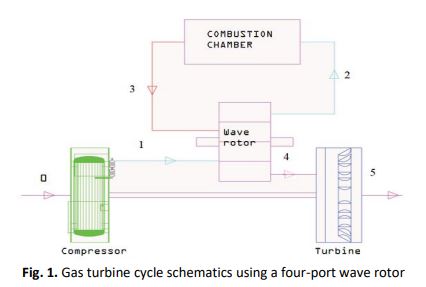Analytical Assessment of Blended Fuels for Pulse Detonation Engine Performance
DOI:
https://doi.org/10.37934/arfmts.93.2.116Keywords:
Pulse detonation engine, alternative fuels, blended fuels, analytical methods, ZND model, detonation parameterAbstract
A pulse detonation engine (PDE) is possible to be a next-generation high-performance propulsion system in aerospace-related applications. To generate power or thrust, PDE uses repeated detonations. The current study evaluates the PDE performance with alternative and blended fuels in the Zeldovich–von Neumann–Doring (ZND) model. Parameters such as temperature ratio, pressure ratio, detonation velocity, and specific impulse were determined analytically for the fuels. The computed detonation parameters and specific impulse were compared with those available in NASA’s open-source program, Chemical Equilibrium with Applications (CEA), to ensure the results' sufficient validity. It was found that the highest specific impulse was achieved with hydrogen at an equivalence ratio of 1. Analytical values of all the parameters were in an acceptable range as defined by NASA CEA. As compared to pure butane and propane, their blends yielded higher values (1 to 10 percent) of specific impulse. Propane and butane are safe, non-toxic, clean-burning fuels, great energy sources, and can be used as alternative fuels in PDE.
Downloads
































